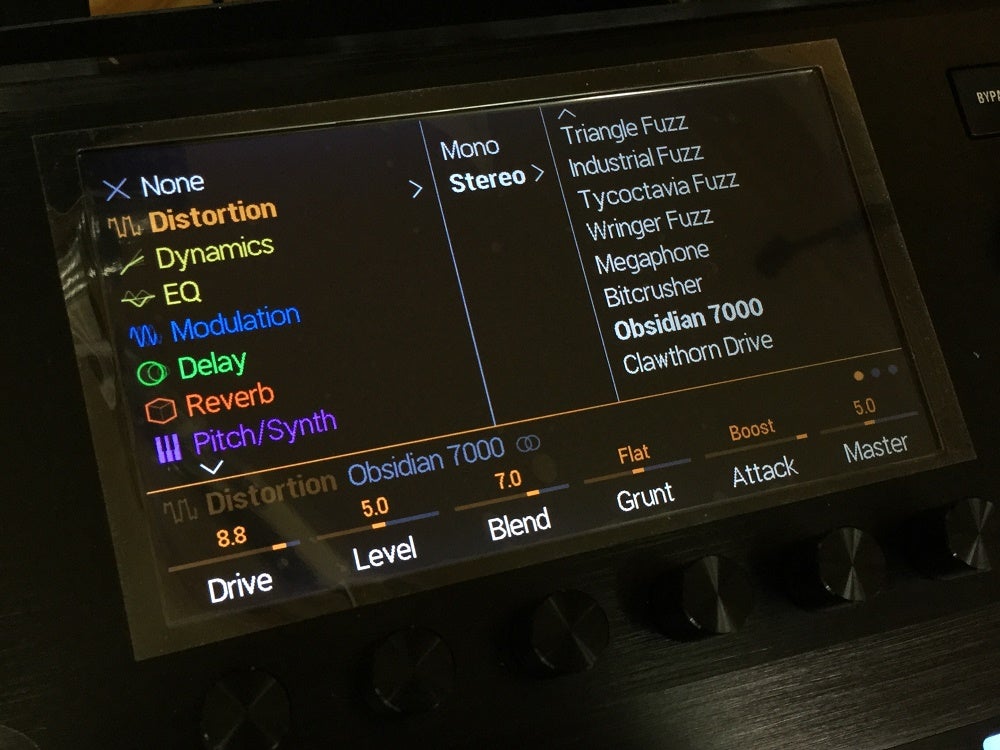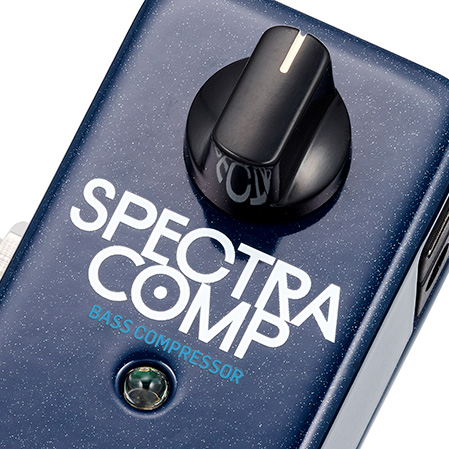
Helix Obsidian 7000 Dist: Pedal Review
The Helix Take on Darkglass For modern bass players, few distortion pedals have made as much impact as the Darkglass Microtubes B7K Ultra. Known for its aggressive yet articulate tone, it has become a go-to choice for players seeking clarity, punch, and saturation without sacrificing low-end presence. In the world of amp modeling and digital effects, Line 6 has taken a swing at this classic with the Obsidian 7000 Dist in the Helix ecosystem. But how well does it hold up? And is it a worthy alternative to the real thing? Let’s dive in. The Darkglass Legacy and the Obsidian Interpretation The Darkglass B7K Ultra is a staple for bass players looking for a modern, high-gain drive with a powerful EQ section. It excels at cutting through dense mixes, thanks to its combination of drive, blend, and a 4-band EQ with selectable mids. The B7K Ultra also features attack and grunt switches, allowing for more control over harmonic content and low-end response. The Obsidian 7000 Dist in the Helix is Line 6’s digital interpretation of this beloved pedal. It mimics the B7K Ultra’s core tonal characteristics, offering similar EQ flexibility, blend control, and gain structure. However, being part of the Helix ecosystem means it also benefits from digital convenience, routing flexibility, and total recall—something a standalone analog pedal can’t quite match. How Close Is the Tone? Sonically, the Obsidian 7000 Dist does an impressive job capturing the spirit of the B7K Ultra. The drive characteristics are sharp and articulate, allowing notes to remain defined even under heavy distortion. The blend control is just as essential here as in the original, letting you mix in the clean signal to preserve low-end punch. The EQ section offers a similarly sculpted response, with the selectable mids doing a great job of tailoring the attack and presence. Where the differences start to show is in the feel and responsiveness. The analog circuitry of the B7K Ultra gives it a certain warmth and organic response that digital modeling—while close—doesn’t completely replicate. Some players might find the Helix version slightly more compressed, though in a mix, this is hardly noticeable. Usability and Practical Benefits What the Obsidian 7000 Dist lacks in analog “mojo,” it makes up for in versatility and integration. Since it’s part of the Helix, you can: For touring or session musicians, this level of convenience and recall can outweigh the tonal nuances of the analog counterpart. Final Verdict: Worth Using? If you’re a bass player looking for the B7K Ultra sound within the Helix, the Obsidian 7000 Dist is absolutely worth using. It delivers a convincing modern distortion tone, captures the essence of the Darkglass circuit, and provides Helix-exclusive flexibility that the standalone pedal can’t offer. However, if you’re a purist who values the feel and slight harmonic differences of analog gear, the real B7K Ultra may still be your best bet. That said, for live use, recording, and ease of integration, the Obsidian 7000 Dist is a fantastic tool that proves once again why Helix remains one of the best multi-effects platforms for bassists.
